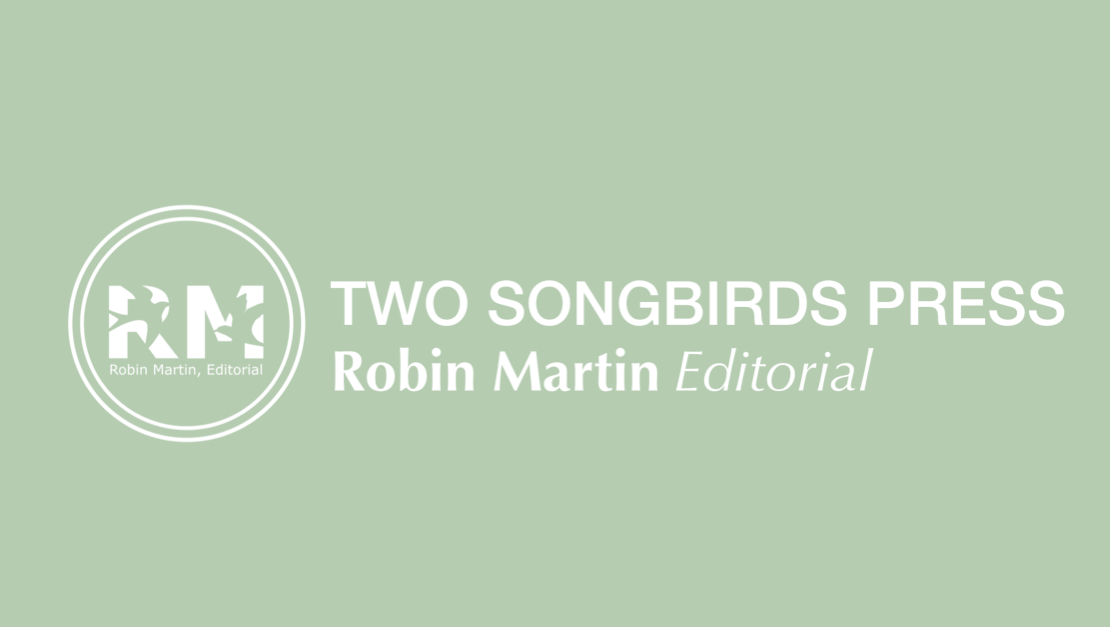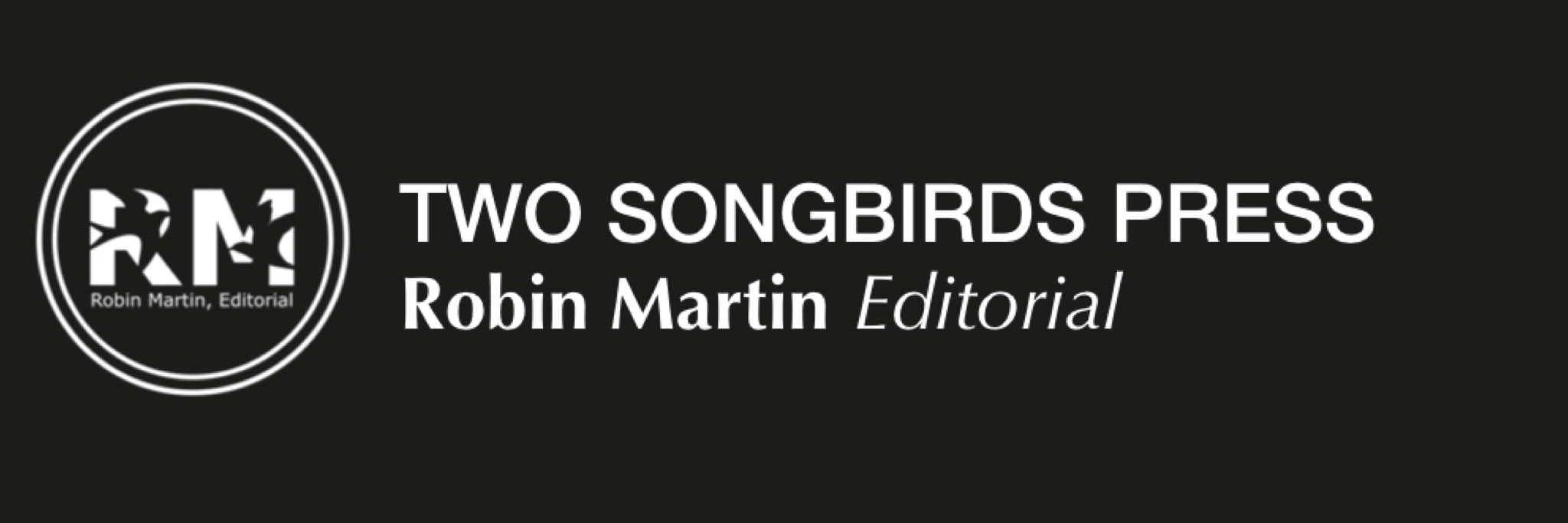- November 30, 2011
- Robin Martin
- No Comments

We believe we know everything there is to know about our characters. We believe we have created a compelling read, a clear conflict, characters the reader can either love or fear for, a satisfying resolution. But the problem is, we’re too close to it. No matter our credentials, we must have someone else read our work. Depending on what they discover, we may need further editing, and might seriously consider hiring a professional to help.
At the recent Self Publishing Boot Camp, I spoke about the need for an editor before self-publishing. I focused particularly on a novel or memoir, because the whole purpose of a book like this is that it engages the reader. If it doesn’t engage the reader, your book will not be successful, or worse, it will attract negative reviews and make you sad.
Someone who has a background as an acquisitions editor at a literary agency or publishing house or who selects and acquires fiction for literary magazines that you like to read might be a good fit for you. I talked about professional readers in my last post. I also talked a bit about Brad. I want to come back to him.
Brad DeHaven hired me to read what he had tentatively titled, “Beyond the Picket Fence.” It was a 65 page memoir of his life. He was 50. The manuscript began before his conception, at the conception of his brother, took the reader through his dysfunctional family situation, his mother’s re-marriage to a Greek mobster who beat him, his drug use and violent teenage years, his brother’s incarceration, meeting the woman he would marry, the upbringing of his children, and culminated in the tale, essentially, of how he went undercover to bust his son’s drug dealer. All this incredible story in 65 pages. Like a freight train headed from point a to point b, it barreled through telling the reader this happened then this happened then this happened. It was a great story, and he has a fantastic voice. The book, the way it was put together, was ineffective.
We had to find the real story in all of that. What did he want the story’s takeaway to be? Where was the hook? The real story was how despite the experiences from his own youth, he was unprepared to deal with his son’s addiction to a powerful prescription painkiller. We worked together on a developmental edit. It became Defining Moments: A Suburban Father’s Journey Into his Son’s Oxy Addiction.
A developmental edit is what you hope your book doesn’t need, frankly. It takes the most time and costs the most money. It doesn’t know what kind of story it wants to be yet. A professional can help a writer uncover this. If it has no focus, it probably needs a developmental edit. If the reader can’t tell who the story is about, it probably needs a developmental edit.
A substantive edit is more common. Sometimes this is called a heavy line edit. The writer understands what the story is and has a decent story arc, cast of characters, resolution. The writer may not have well-rounded characters, there may be inconsistencies with narrative voice or point of view, there may be needless layers of filtering or instances of telling where it really needed to be revealed in a scene. Most manuscripts have these problems, which interfere with the emotional connection the reader makes with the story.
The ability to eliminate these problems is what separates the writer whose self published book languishes on even the shelf of his best friend and the writer whose book is read and recommended and passed around and receives favorable review.
Common problems that necessitate a substantive edit (via pptx nee jpg):




